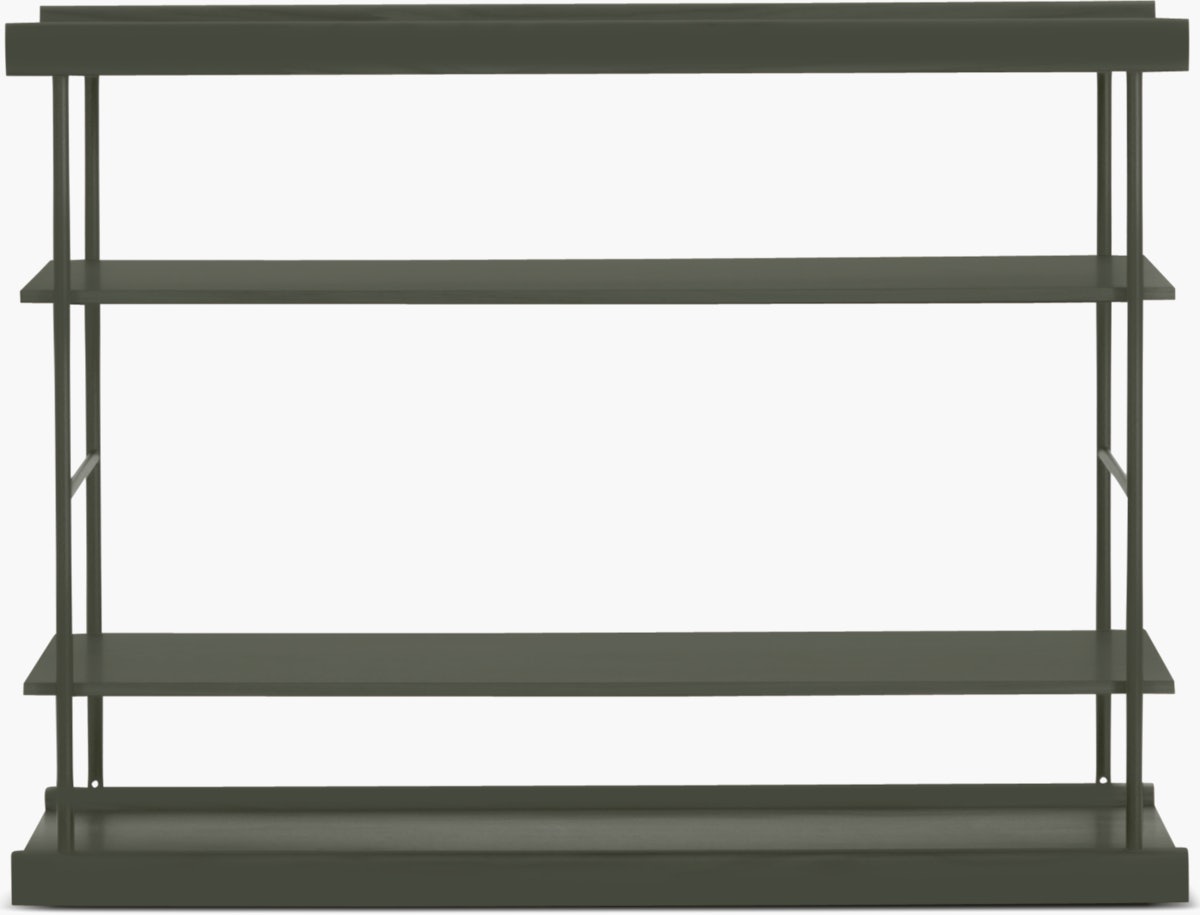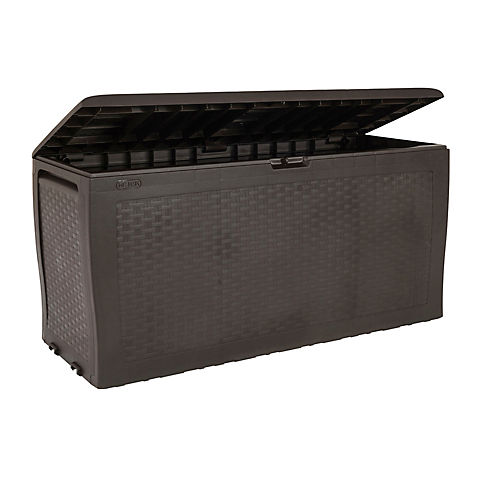Bost Credenza – Credenzas, Buffets + Sideboards – Design Within Reach
Modern minimal credenza. Top and bottom shelves are recessed. Choose from a selection of storage boxes.
To create the Bost Collection for Treku, Yonoh Creative Studio relied on its design philosophy: “simplicity, innovation, and originality.” The result is a modular collection of open-concept storage units that exude a Scandinavian character, warmth, and purity of form. The Bost Credenza combines a metal frame with wood shelves. Choose from a selection of matching storage boxes to enhance organization. Made in Spain.
- Modern minimal credenza.
- Top and bottom shelves are recessed.
- Choose from a selection of storage boxes.
Additional information
| General Dimensions | 32.67" H 38.37" W 16.92" D |
|---|---|
| Product Weight | 77 lbs |
| Box Dimensions | Bost Credenza – Drawer / Shelf::34.67" H 45.5" W 18.59" D |
| Assembly | Requires Assembly |
| Warranty | DWR honors a one (1) year warranty on all products. Brand-specific warranties may extend to longer periods. |






Reviews
There are no reviews yet.